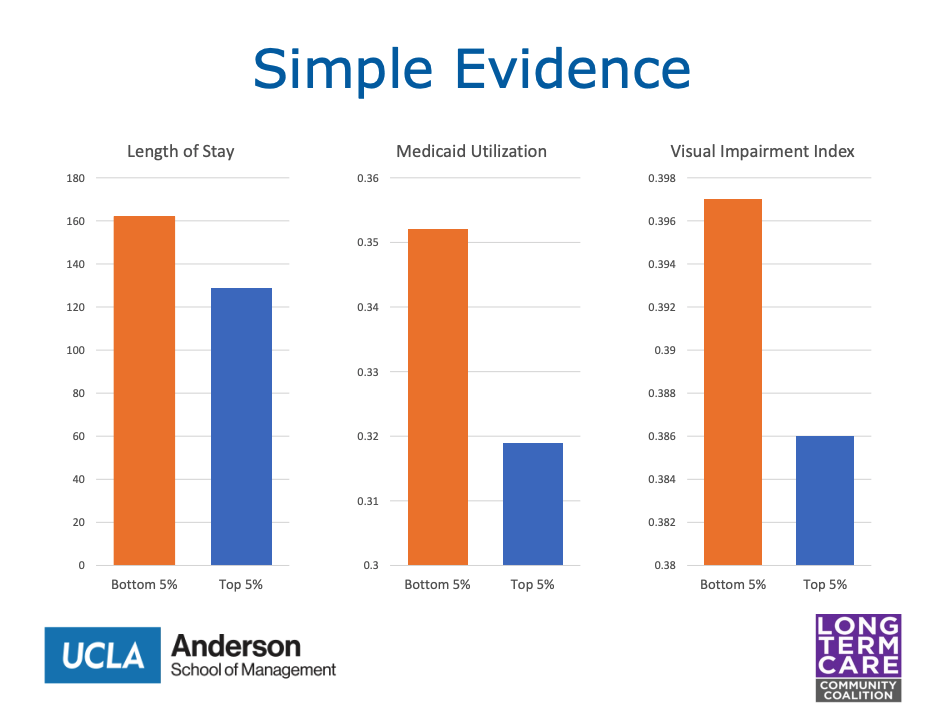Admission Discrimination
Payor Source
McKnight’s had an article showing discrimination in the nursing home industry. The industry uses discriminatory tactics to reject less profitable residents. Ashvin Gandhi is an industry expert. Gandhi is a health economist and assistant professor at UCLA. Gandhi explained that existing law shows that disability discrimination is “clearly illegal” through the Rehabilitation Act, American with Disabilities Act and Fair Housing Act.
Recently, during a webinar hosted by the Long Term Care Community Coalition, he presented his latest findings on admissions discrimination in nursing homes. Gandhi analyzed patterns by using this test: Do the same facilities admit different patients depending on how full they are?
“The short answer is yes. Yes they do. We actually need lawmakers and regulators to do more to help codify and build on those rights.”
He said that on average, as facilities become more full and it becomes more costly to admit less-profitable patients, “suddenly you see them admitting fewer long-stay residents, avoiding Medicaid patients and residents who have visual impairments.” He found that long-stay and Medicaid residents were more likely to be discriminated against.

“This evidence is really consistent with facilities adjusting how discriminatory they are based on how full they are,” he said.
Patient Choice
He also discovered that 20% of Medicaid residents were not at their first choice facility. That figure was even higher (49%) for long-stay Medicaid patients.
This type of discrimination is illegal but not enforced. The 1987 Nursing Home Reform Act has a “clear intention to ban it” by prohibiting providers from asking residents to waive their Medicare or Medicaid rights. Gandhi suggested policy solutions including a first-come, first-served basis.
“Admissions discrimination in nursing homes is really, really widespread. Being able to go to a facility that has better staffing, higher quality — even if you set COVID aside — has really really dramatic implications for the health and welfare of these older Americans.”

Recent Comments